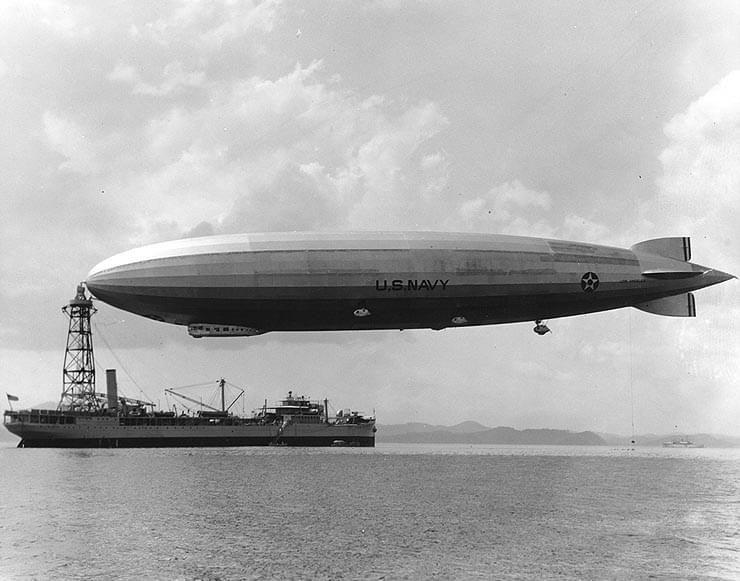Year 2021 This could allow for humans to have solar powered bodies as well.
Photosynthesis is about the plantiest thing on Earth. The little green thieves manage to pull it off anyway.


A glimpse into the dynamics between a man and a self-conscious machine.
Artificial Intelligence (AI) in a nutshell
Artificial intelligence (AI) and Cognitive robotics are the two stalwart fields of design and engineering, seizing all the spotlight lately. Artificial intelligence is a human intelligence simulation processed by machines, whereas cognitive robotics is the corollary of robotics and cognitive science that deals with cognitive phenomena like learning, reasoning, perception, anticipation, memory, and attention. Robotics is a part of AI, where the robots are programmed with artificial intelligence to perform the tasks, and AI is the program or algorithm that a robot employs to perform cognitive functions. In simpler terms, a robot is a machine, and AI is the intellect fuel fortified to ignite perceptual abilities in a machine.
// Membership //
Want to learn all about cyber-security and become an ethical hacker? Join this channel now to gain access into exclusive ethical hacking videos by clicking this link: https://www.youtube.com/channel/UC1szFCBUWXY3ESff8dJjjzw/join.
// Courses //
Full Ethical Hacking Course: https://www.udemy.com/course/full-web-ethical-hacking-course/
Full Web Ethical Hacking Course: https://www.udemy.com/course/full-web-ethical-hacking-course/
Full Mobile Hacking Course: https://www.udemy.com/course/full-mobile-hacking-course/
// Books //
Kali Linux Hacking: https://amzn.to/3IUXaJv.
Linux Basics for Hackers: https://amzn.to/3EzRPV6
The Ultimate Kali Linux Book: https://amzn.to/3m7cutD
// Social Links //
Website: https://www.loiliangyang.com.
Facebook: https://www.facebook.com/Loiliangyang/
Instagram: https://www.instagram.com/loiliangyang/
LinkedIn: https://www.linkedin.com/in/loiliangyang/
// Disclaimer //
Hacking without permission is illegal. This channel is strictly educational for learning about cyber-security in the areas of ethical hacking and penetration testing so that we can protect ourselves against the real hackers.

Canada: The European Society of Cardiology (ESC) has taken a significant stride in the field of heart failure management with a focused update to their heart failure guidelines. This update incorporates crucial data from nearly a dozen new clinical trials that have been published since 2021. The trials include notable studies such as EMPEROR-Preserved, DELIVER, STRONG-HF, IRONMAN, and more. The updated guidelines, which were unveiled on the opening day of the ESC Congress 2023, offer novel recommendations related to the use of SGLT2 inhibitors in patients with heart failure and updates on comorbidity management.
New Recommendations:

Welcome to the FUTURE of IT jobs! In todays video, “Exciting New IT Jobs That Will Come Out of AI and the Ones Destined for Automation”, we deep dive into the ever-evolving landscape of technology and employment. We’ll explore the some new jobs that have come out of AI and also some jobs that are getting automated because of AI.
Whether you’re a tech enthusiast, a professional looking to future-proof your career, or someone just curious about the tech industry, this video is your one-stop guide!
Timestamps: ⏰
00:00 — Intro.
00:57 — Prompt Engineer.
01:40 — Subject Matter Expert.
03:37 — Data Protection Officer (DPO)
05:20 — Jobs becoming more automated.
08:10 — QA Engineer.
09:20 — Outro.
Github: https://github.com/TiffinTech.
LinkedIn: https://www.linkedin.com/in/tiffany-janzen/
Instagram: https://www.instagram.com/tiffintech.
Tiktok: https://www.tiktok.com/@tiffintech?lang=en.
❤️ Subscribe for more videos using this link
Business inquiries: [email protected].

Researchers at the University of East Anglia have developed a new way of identifying patients at risk of an irregular heartbeat, known as atrial fibrillation.
While not life threatening, the condition increases people’s risk of having a transient ischemic attack (TIA) or stroke by up to five times.
A new study, published August 27 in the European Journal of Preventive Cardiology, reveals four specific factors that can predict which patients will have atrial fibrillation. These include older age, higher diastolic blood pressure and problems with both the coordination and function of the upper left chamber of the heart.

A new study led by researchers at Karolinska Institutet in Sweden has examined how T cells of the immune system are affected by weightlessness. The results, which are published in the journal Science Advances, could explain why astronauts’ T cells become less active and less effective at fighting infection.
The next steps in the exploration of space are human missions to the moon and to Mars. Space is an extremely hostile environment that poses threats to human health. One such threat is changes to the immune system that occur in astronauts while in space and that persist after their return to Earth. This immune deficiency can leave them more vulnerable to infection and lead to the reactivation of latent viruses in the body.
“If astronauts are to be able to undergo safe space missions, we need to understand how their immune systems are affected and try to find ways to counter harmful changes to it,” says study leader Lisa Westerberg, principal researcher at the Department of Microbiology, Tumor and Cell Biology, Karolinska Institutet. “We’ve now been able to investigate what happens to T cells, which are a key component of the immune system, when exposed to weightless conditions.”
In this video, we’ll dive deep into the cutting-edge research on how Artificial Intelligence (AI) and Artificial General Intelligence (AGI) are helping us to better understand the aging process and unlock the secrets to living forever.
We’ll discuss the latest breakthroughs in AI and AGI and how they are enabling researchers to analyze vast amounts of data, identify patterns, and make predictions that were once impossible. We’ll also explore how AI and AGI are being used to develop new treatments and therapies to prevent or reverse aging-related diseases within the Longevity Industry.
Have you wondered will Chat GPT 4 replace programmers? Chat GPT is powerful, but I don’t believe it will replace software engineers any time soon. 😃
Kinsta’s Application Hosting and Database Hosting simplifies your workflow in seconds. Building and maintaining complex infrastructures for your web apps is now a simple task. Connect your GitHub account, select your repository, and deploy your app. Plus, you can connect your database and benefit from fast internal connections with no row count or query limits.
Kinsta Application Hosting: https://bit.ly/40IGRoU
Kinsta Database Hosting: https://bit.ly/40ptbj0
Kinsta Hobby Hosting: https://bit.ly/3TVoA5A
Follow me on instagram: @withmarko.
=== Links ===
☕️ Source code on my Github: